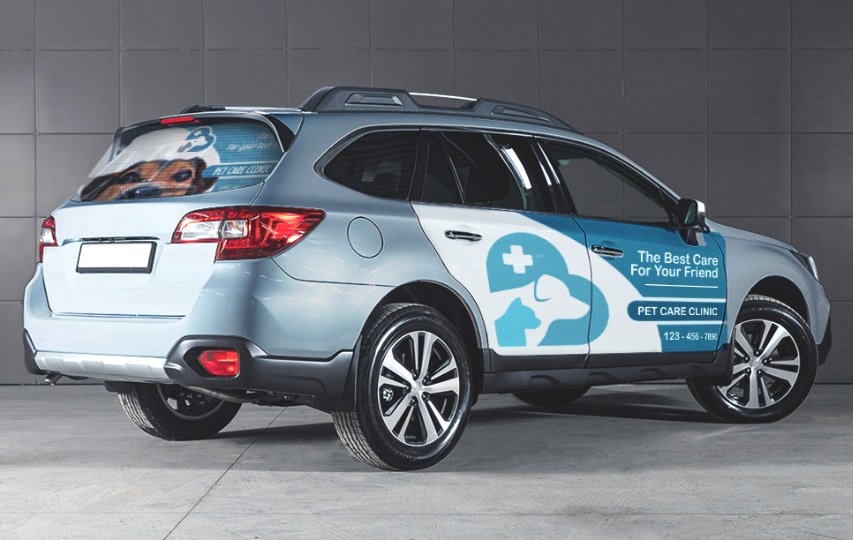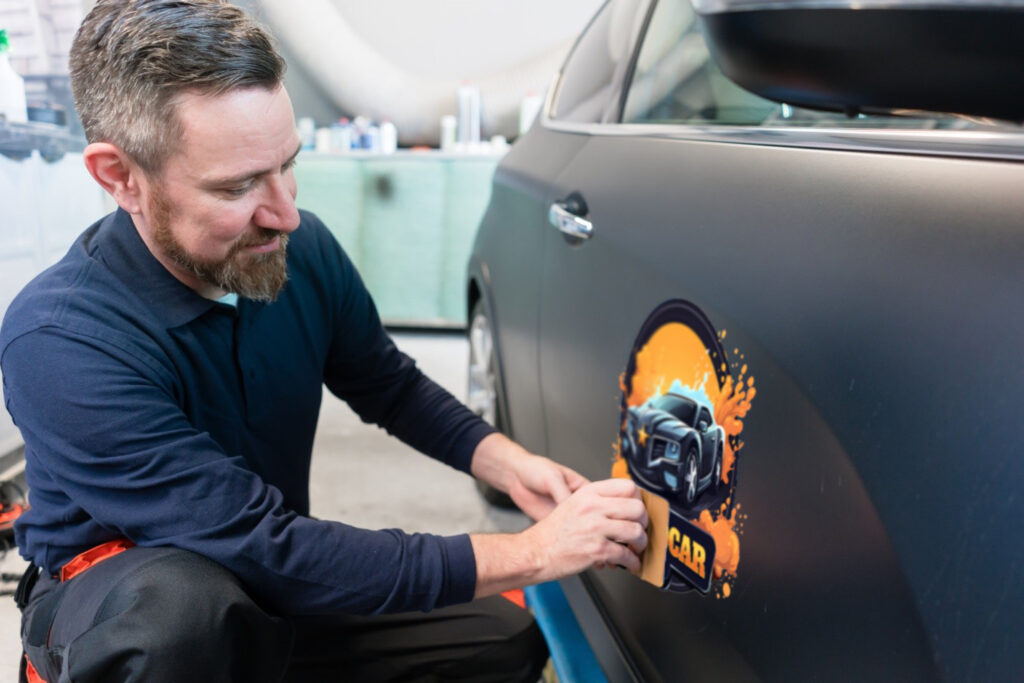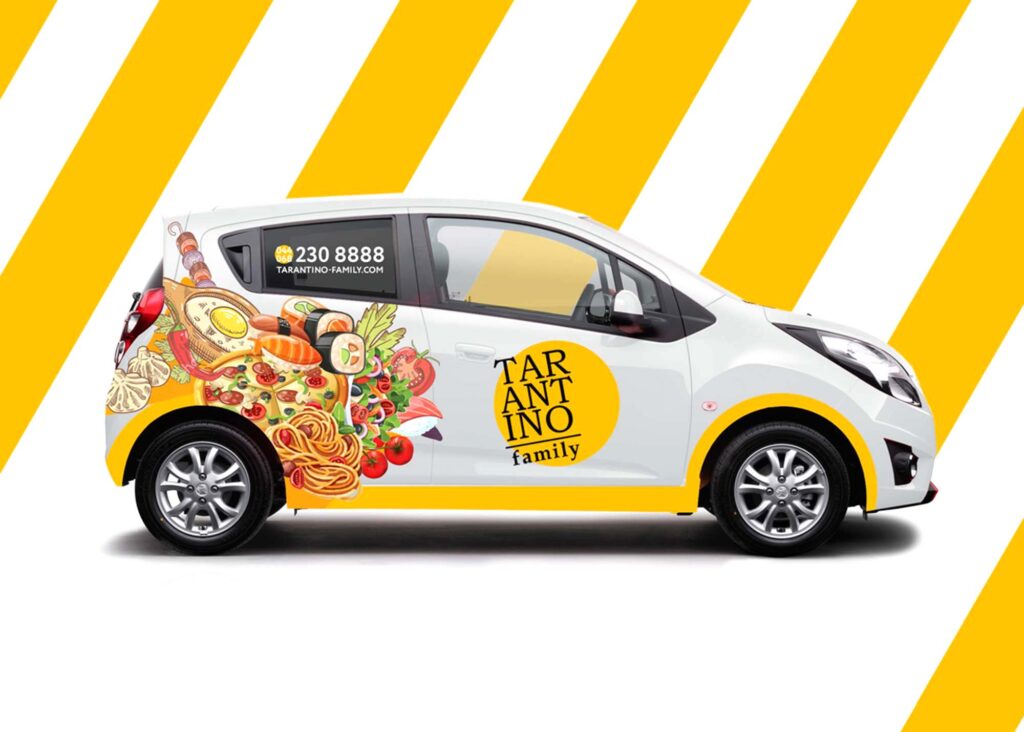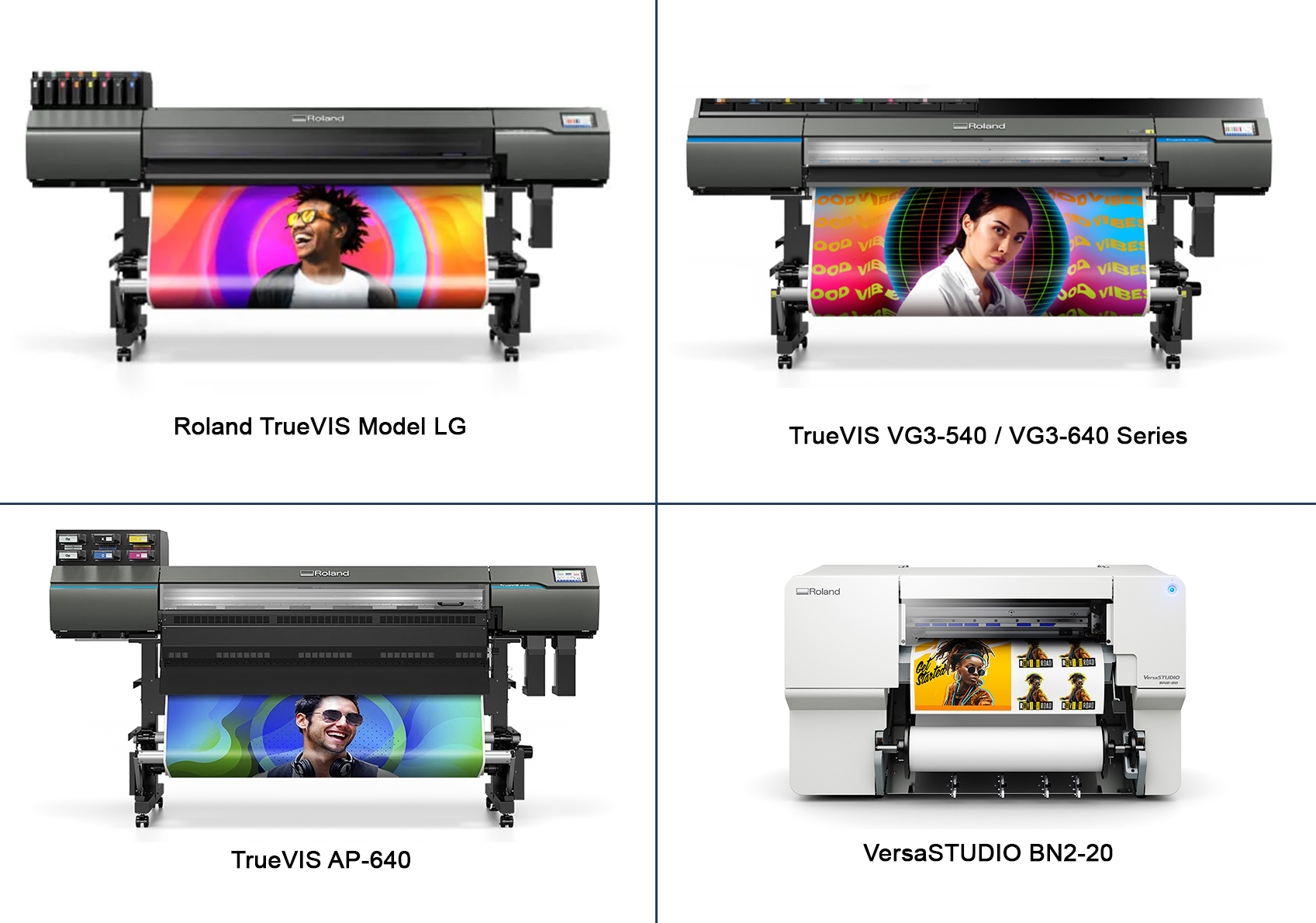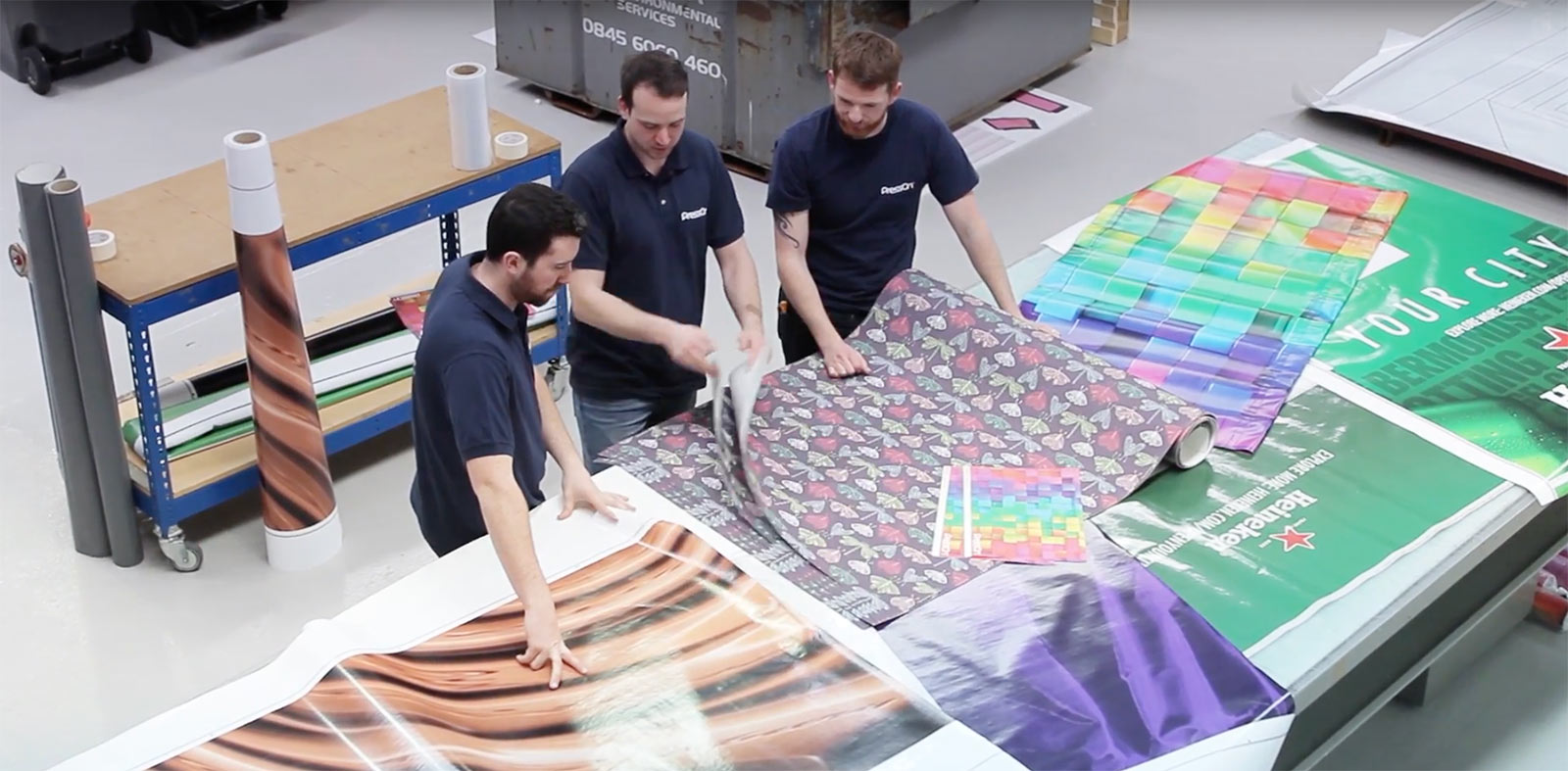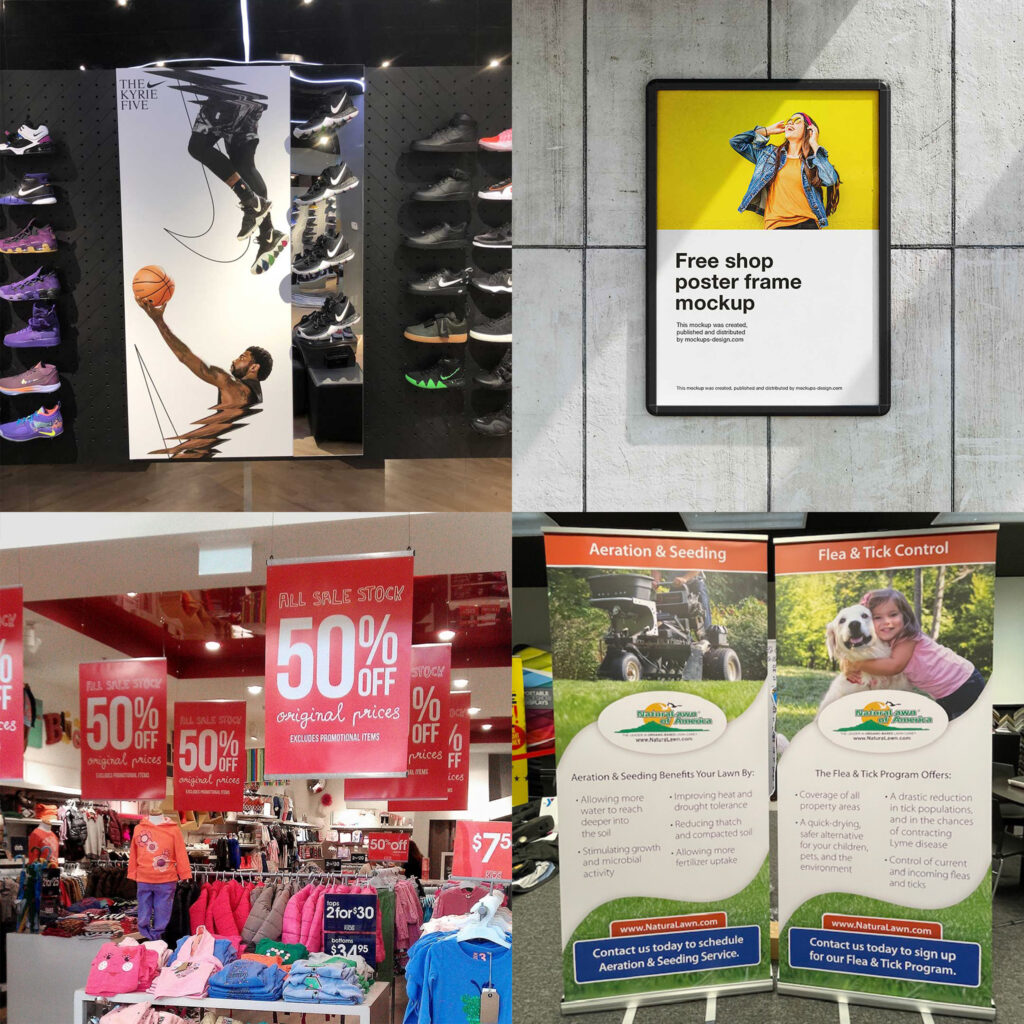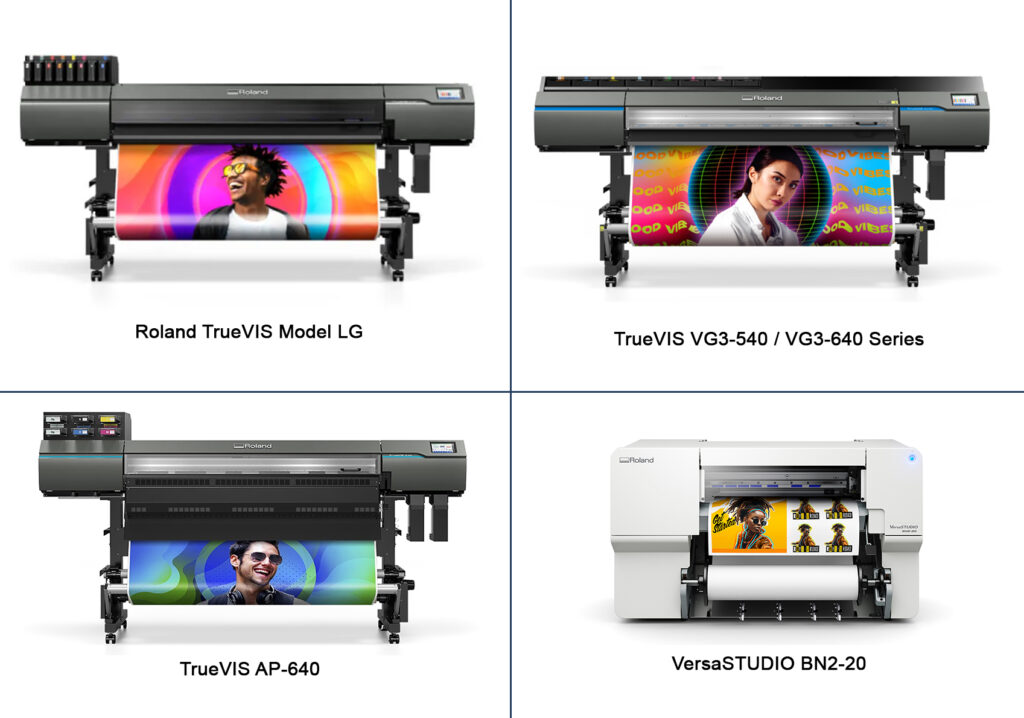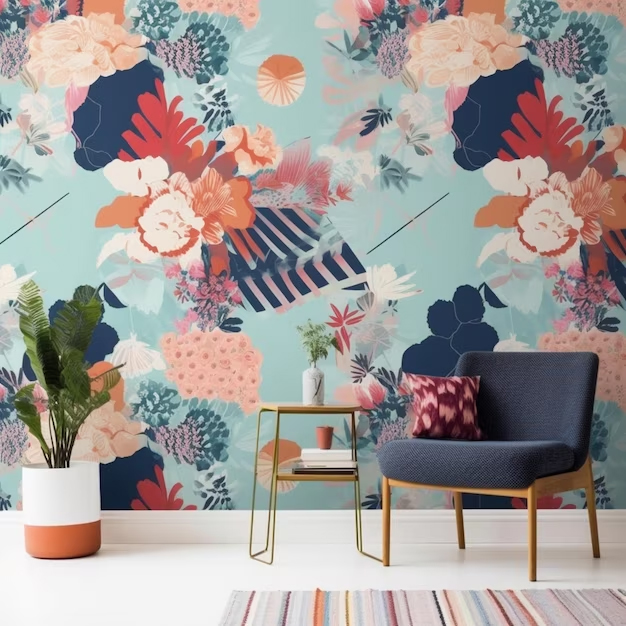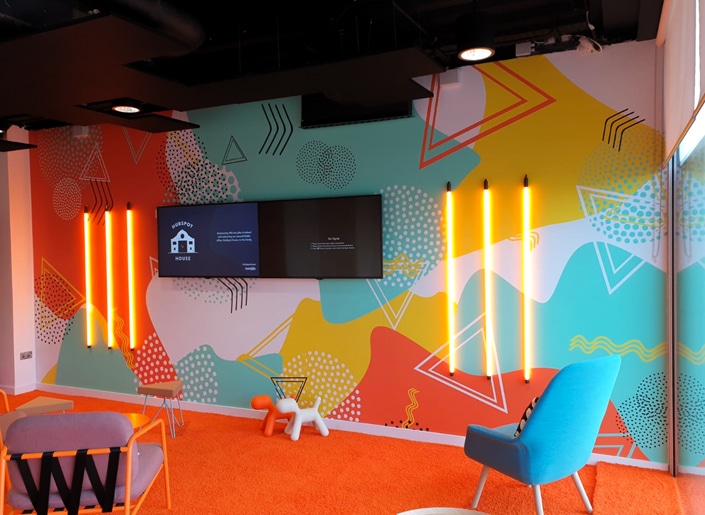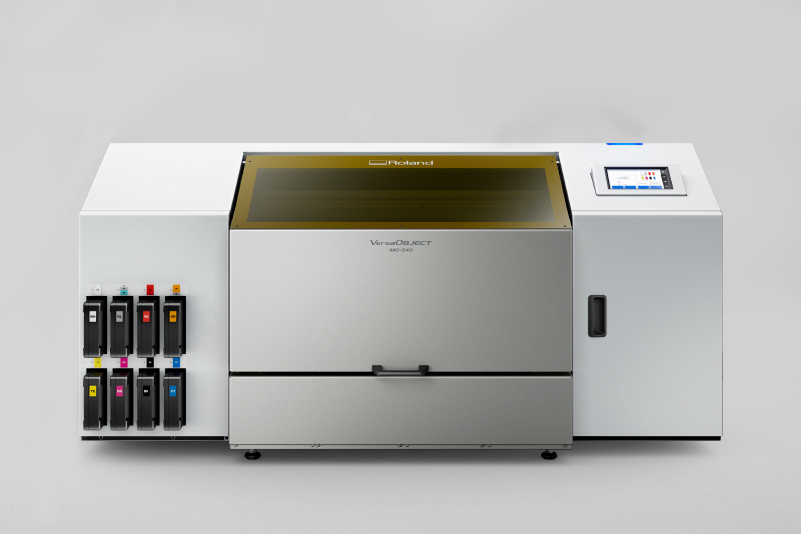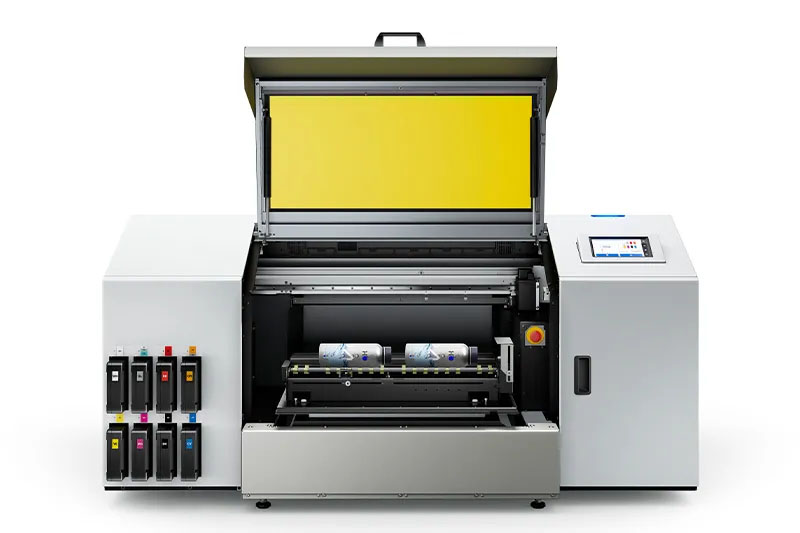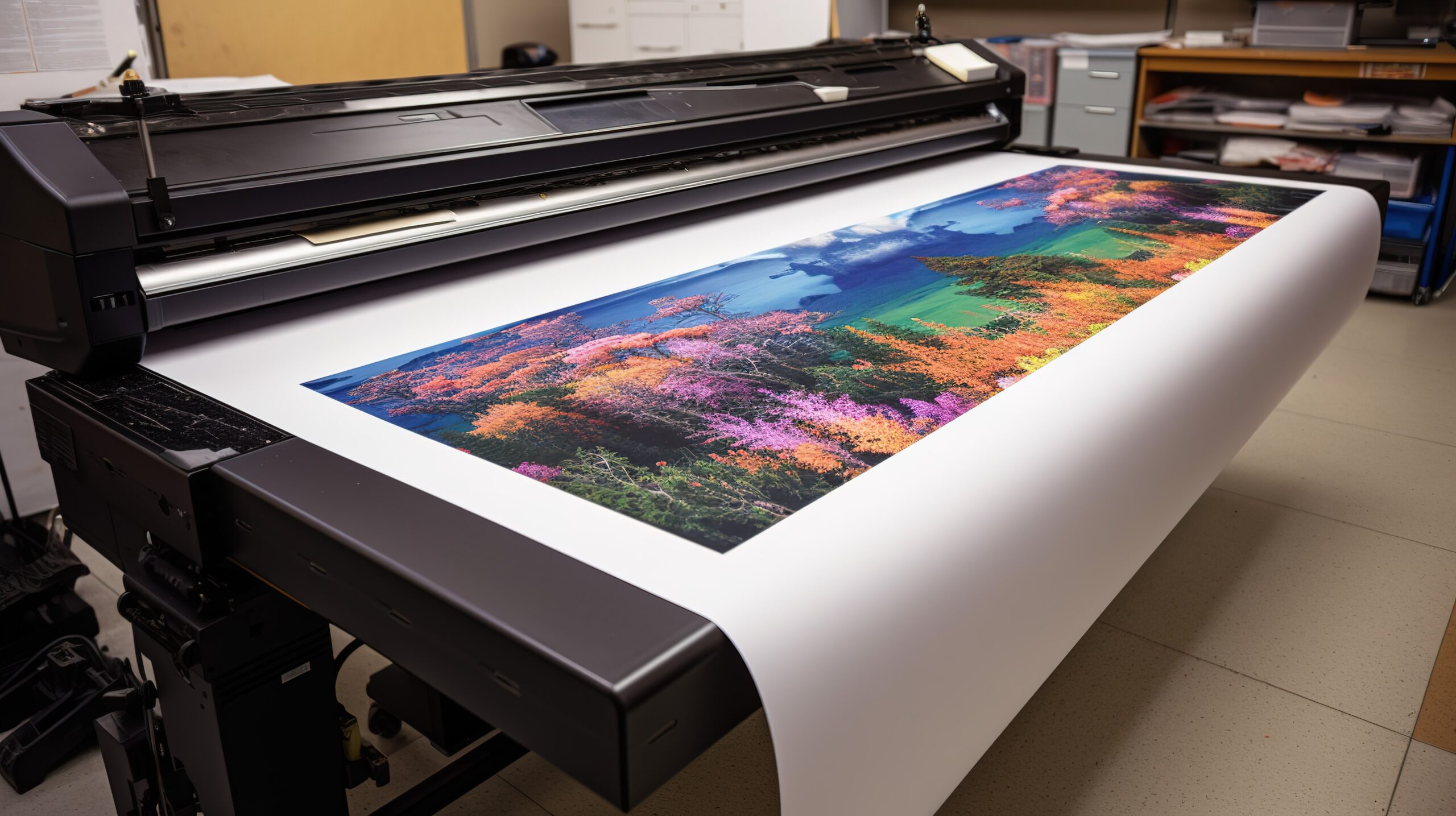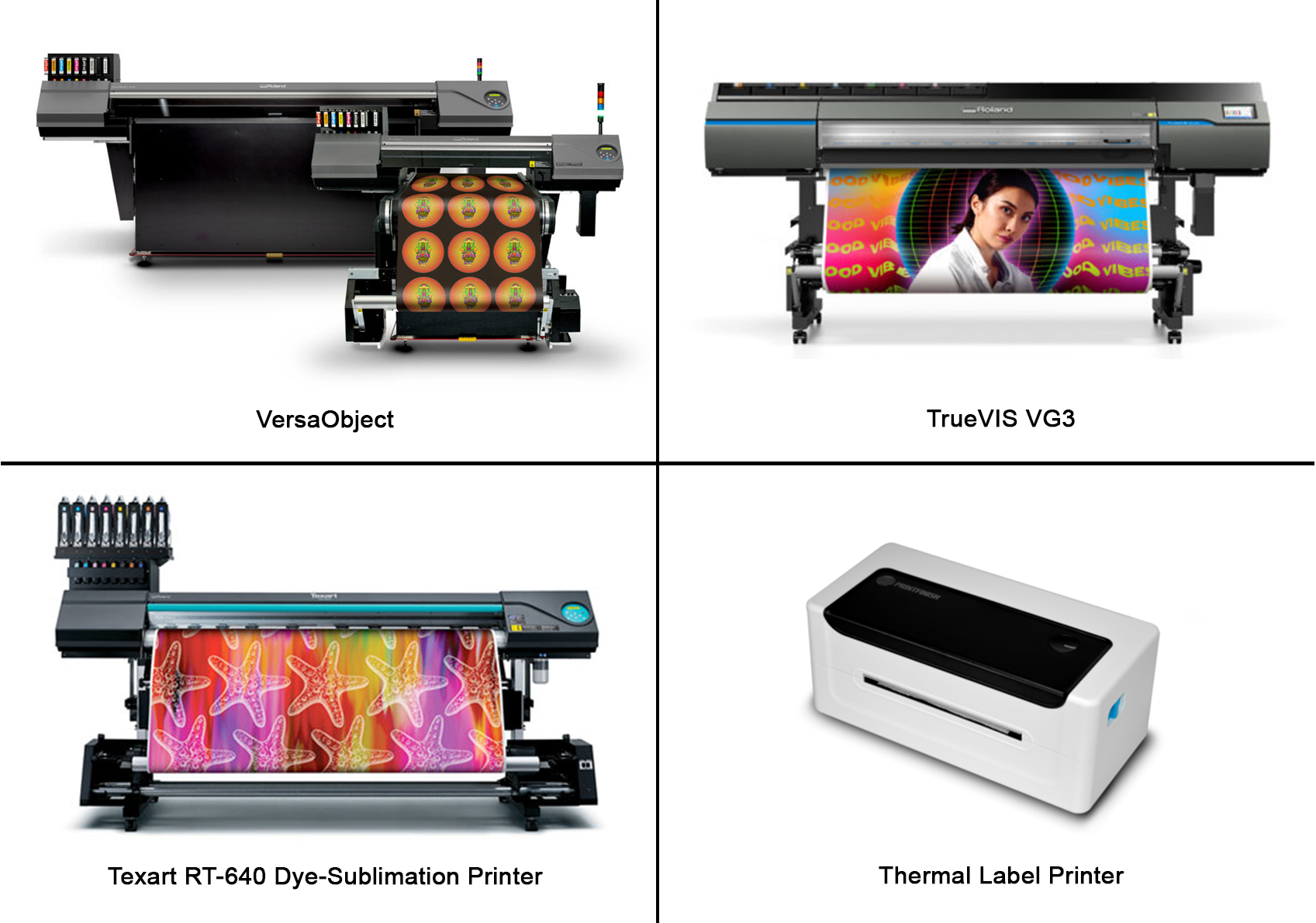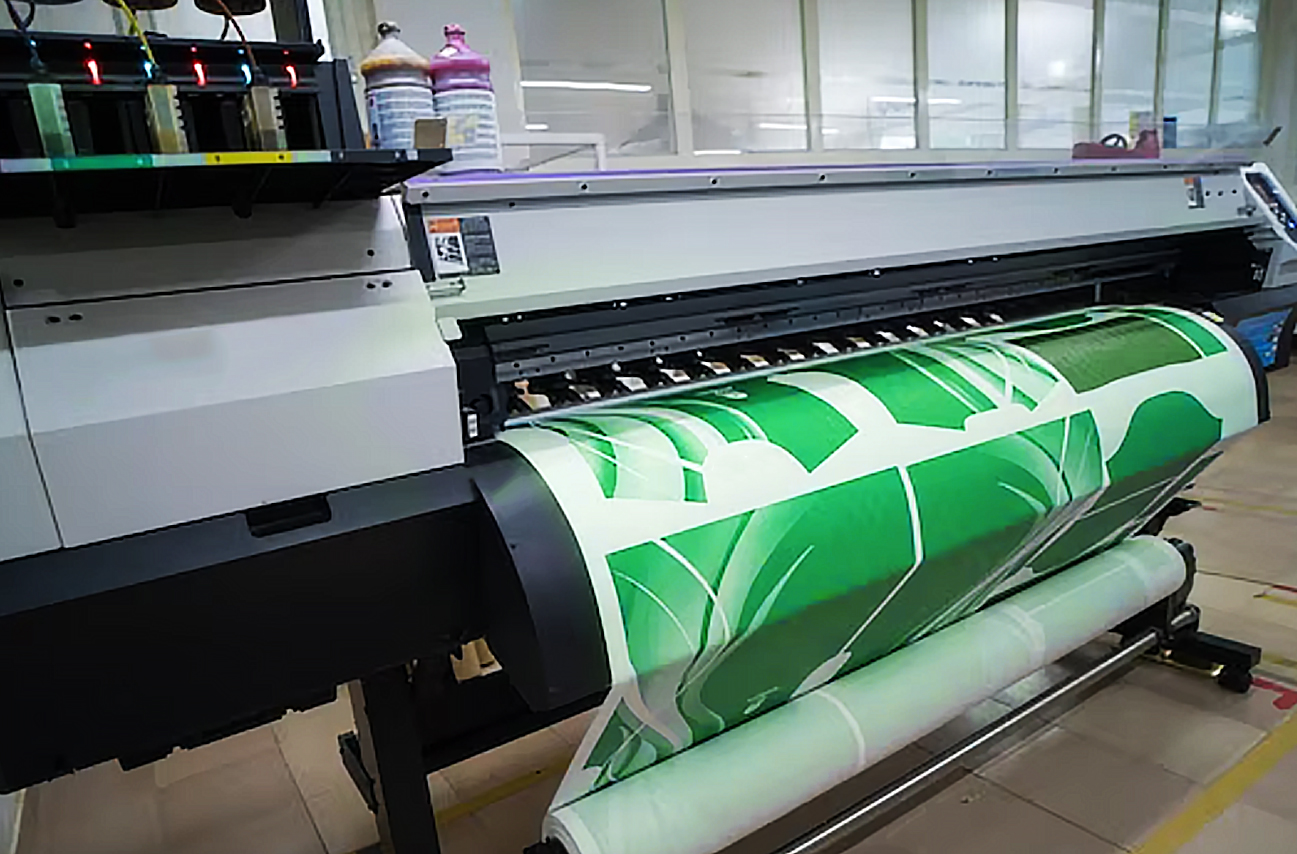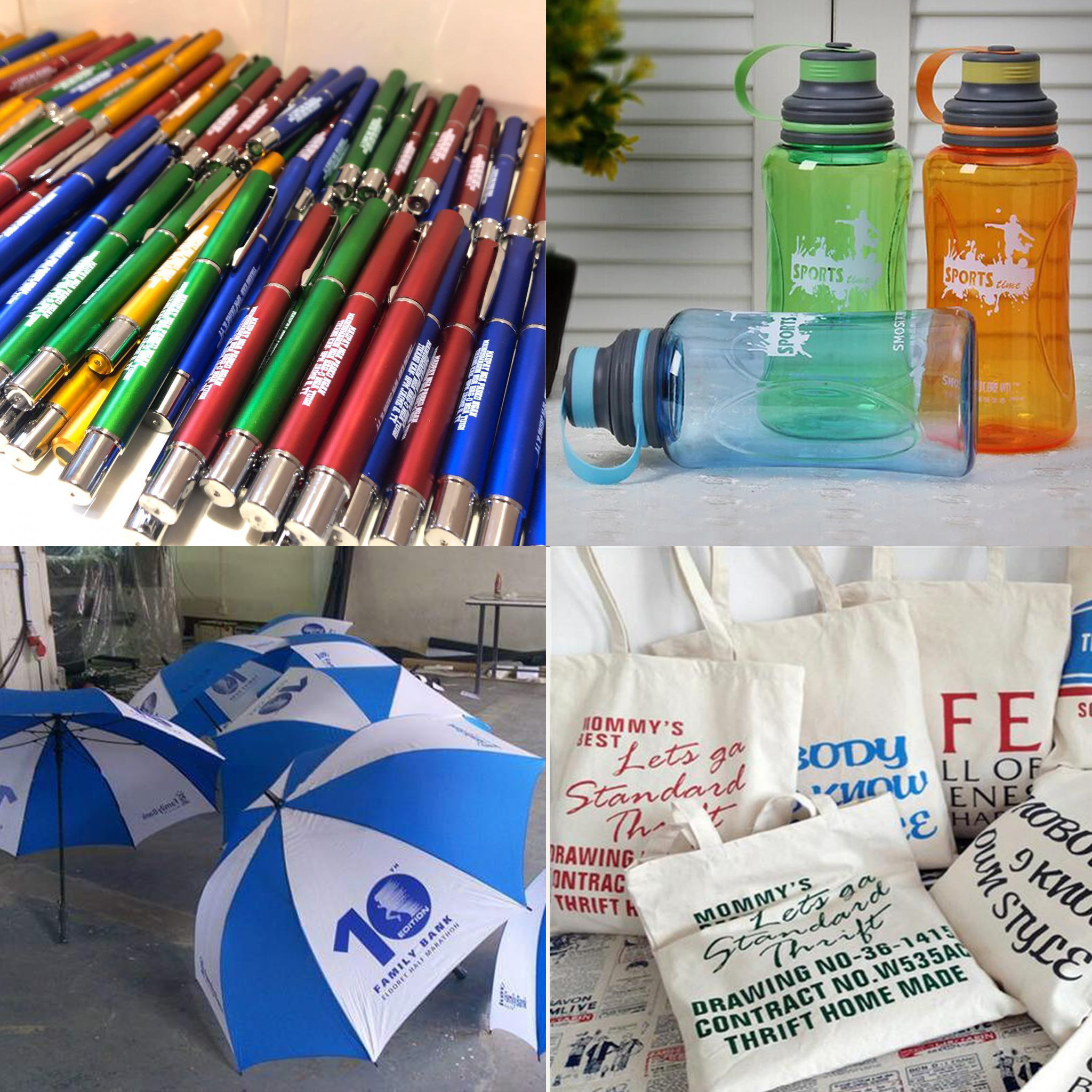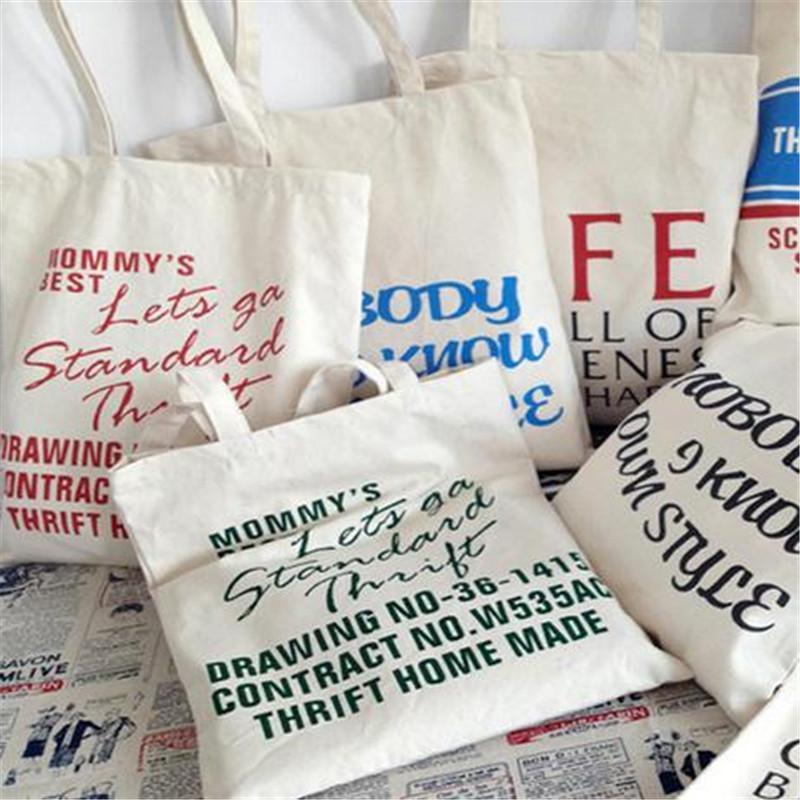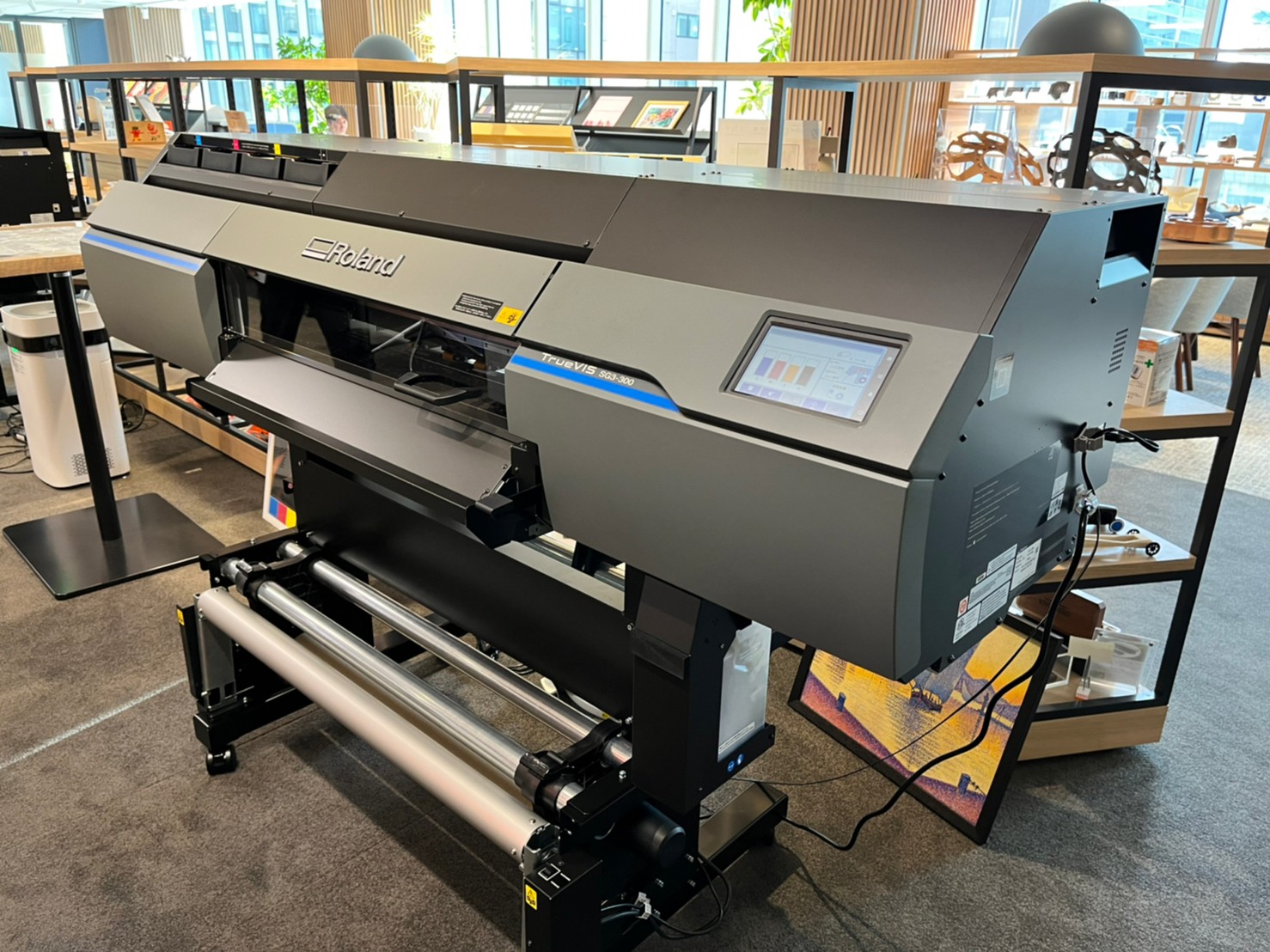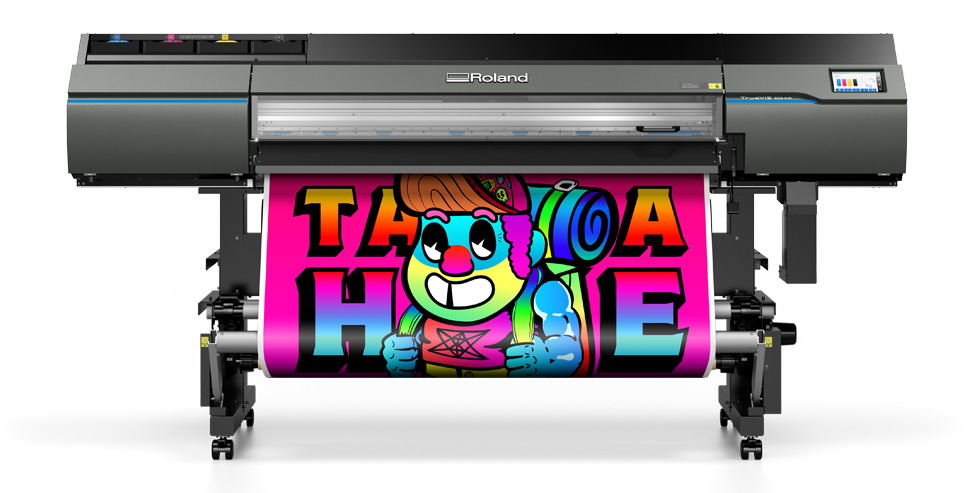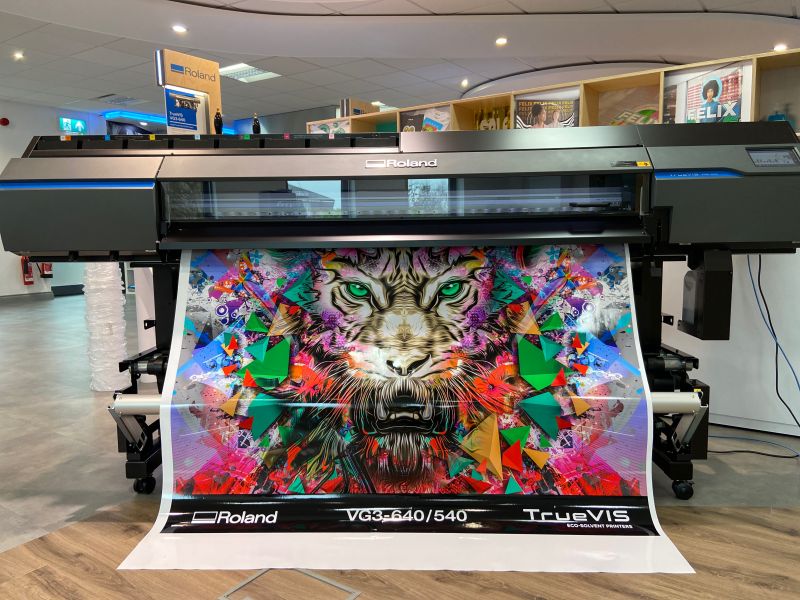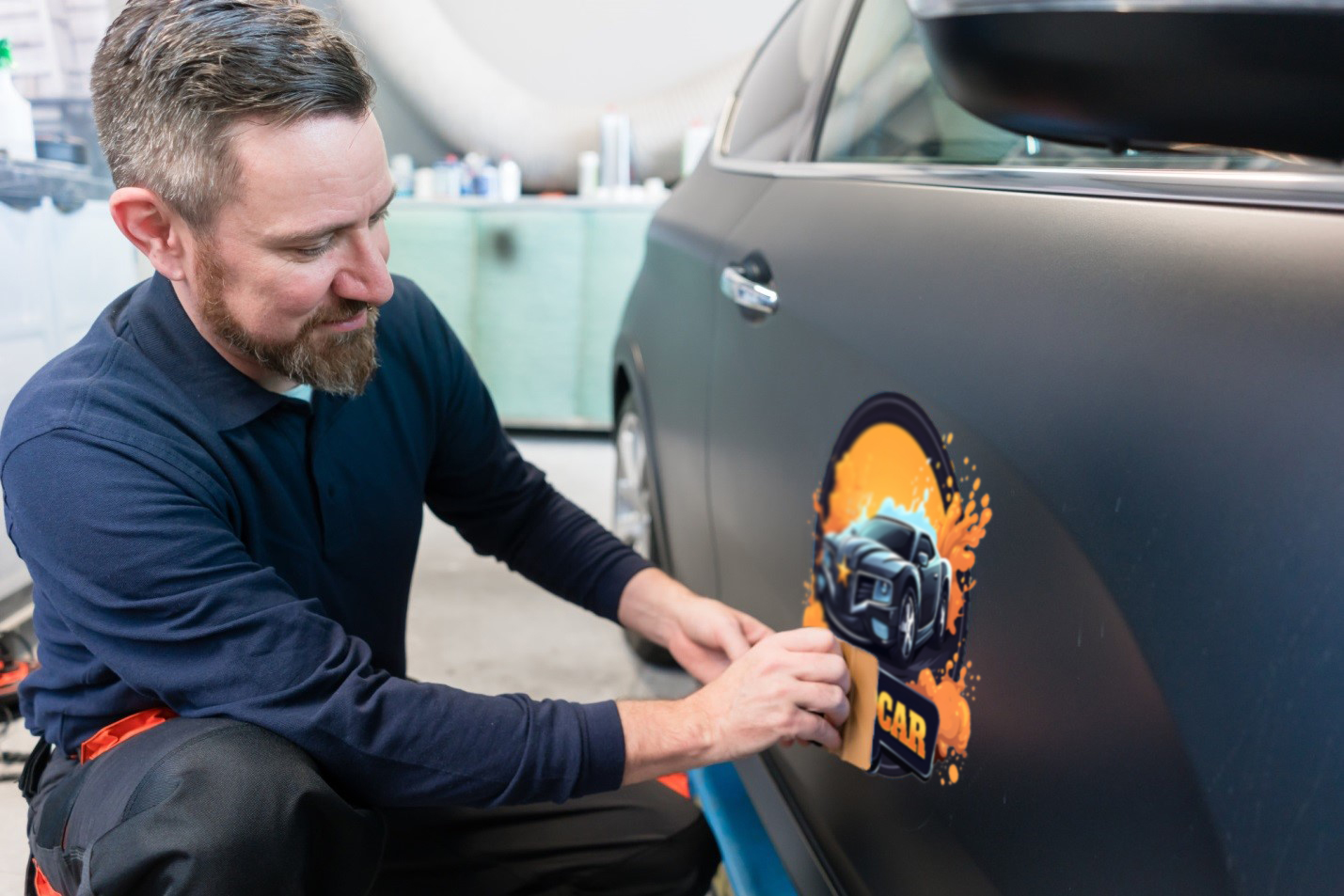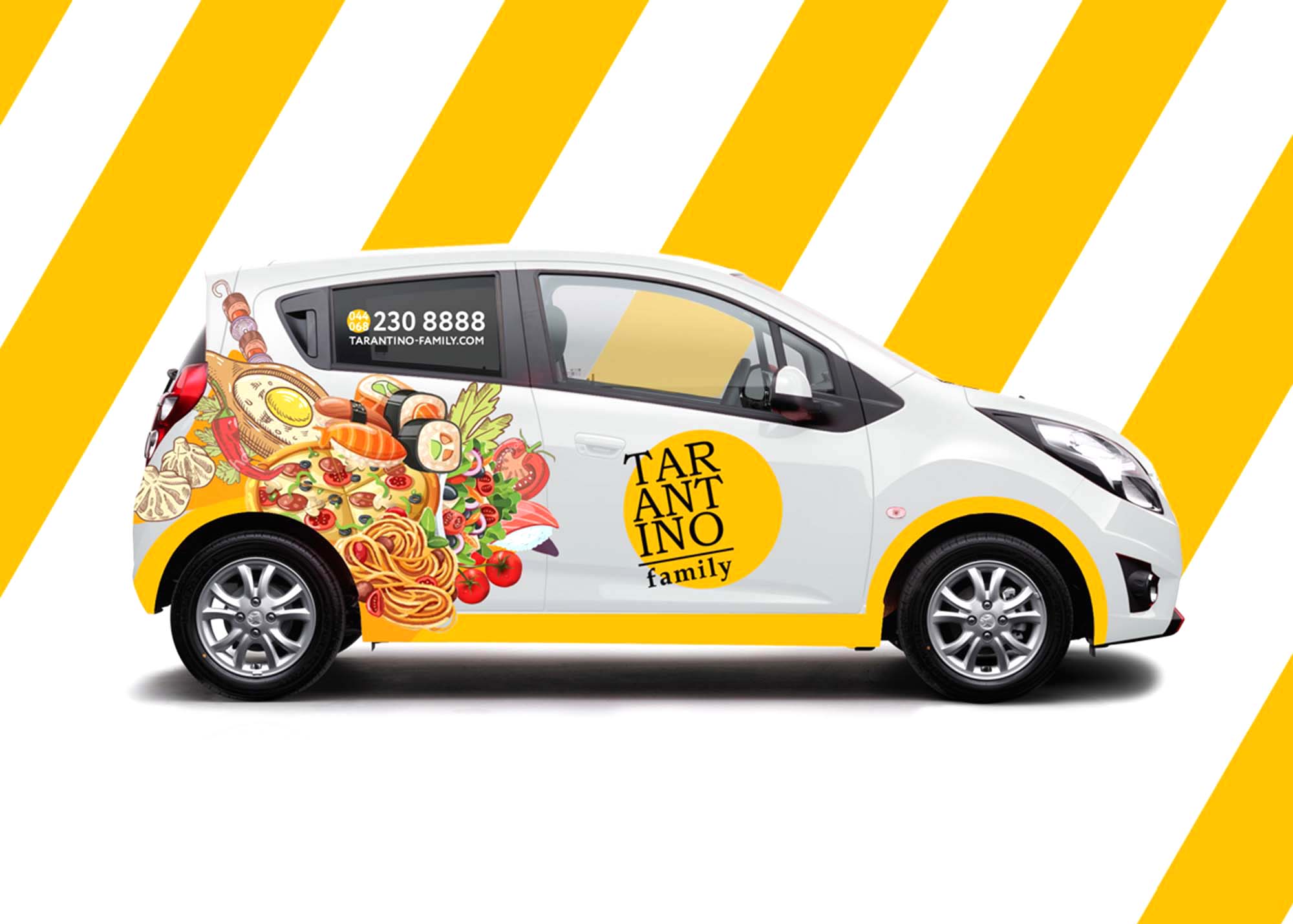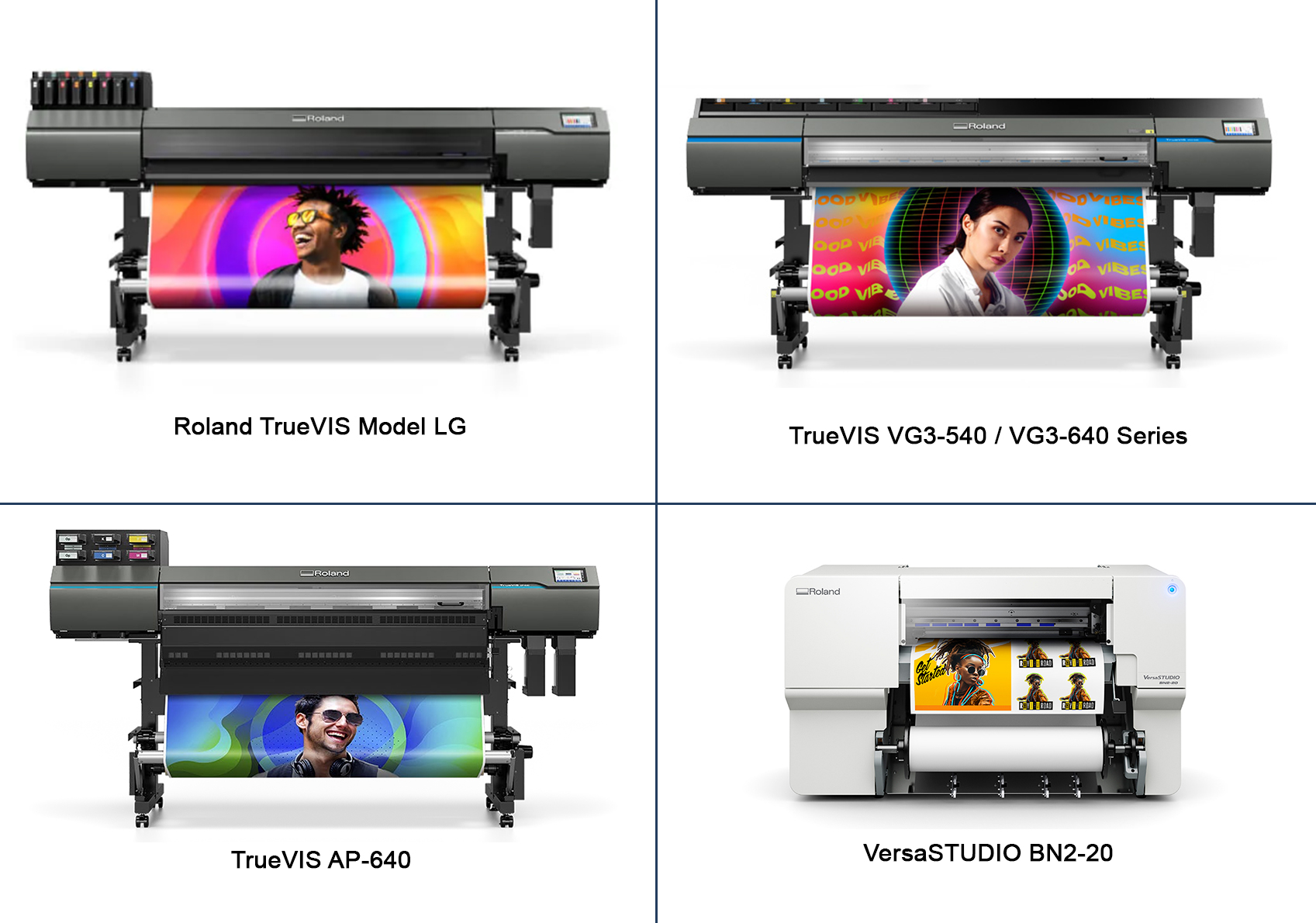Tag: printer/cutter
What is Car Decal and How it is Produced?
In the ever-evolving landscape of vehicle customization, one aspect stands out as both an art form and a marketing tool: car decals. These adhesive graphics have transformed automobiles into moving canvases, reflecting personal tastes, brand identities, and promotional messages. However, behind every eye-catching decal lies a meticulous process that begins with printing. This article delves into the fascinating world of car decals, exploring the intricacies of their printing process and the pivotal role that quality printers play in bringing these designs to life. From design conception to application, the journey of a car decal underscores the synergy between creativity and precision engineering, highlighting the indispensable contribution of high-quality printing technology in achieving stunning visual impact on the roads.
What is a Car/Vehicle Decal?
A car or vehicle decal is a type of graphic sticker or adhesive label that is applied to the surface of a vehicle, typically for decorative, informational, or promotional purposes. These decals can range from small logos or emblems to large-scale designs that cover a significant portion of the vehicle’s exterior. They are commonly made from vinyl material, which is durable and weather-resistant, allowing them to withstand the rigours of outdoor use. Car decals can feature a wide variety of designs, including images, text, patterns, and illustrations, and they are often used to personalize vehicles, promote businesses or brands, display affiliations or memberships, or convey messages or advertisements. The application of car decals is a popular method of vehicle customization, allowing owners to express their individuality and enhance the visual appeal of their vehicles.
How to Produce a Car Decal?
Ever wonder how a car decal comes to life, transforming a vehicle into a rolling work of art or a mobile billboard? The journey begins with a blend of creativity and technology, with printers playing a pivotal role in bringing these designs from concept to reality. Printers like large format printers, UV printers, or laser printers, to name a few, stand at the forefront, meticulously translating intricate designs onto durable vinyl material with stunning precision and vibrant colours.
Through their advanced capabilities, these printers empower designers to craft eye-catching graphics that capture attention and withstand the elements of the open road. Here’s a step-by-step breakdown of the process involved in producing a car decal:
- Design Creation: Graphic designers use specialized software to create custom graphics, logos, and images tailored to the client’s specifications.
- Selection of Materials: High-quality vinyl is the best substrate used for its durability and weather resistance, ensuring longevity and vibrant colours.
- Printing Process: Large format and UV printers print the design onto the vinyl material, producing high-resolution prints with sharp details and rich hues.
- Lamination (Optional): A clear laminate layer may be applied to protect the printed design from scratches, UV rays, and other environmental factors.
- Cutting and Trimming: The printed vinyl is cut and trimmed to the desired shape and size of the decal using cutting plotters or digital cutting machines.
- Weeding: Excess vinyl material around the design is removed by hand or with specialized tools, leaving behind the intended design.
- Application to Vehicle: The decal is carefully applied to the vehicle’s surface, ensuring a bubble-free and smooth finish for maximum visual impact on the road.
Is a Car Decal Similar to a Vehicle Wrapping?
While both car decals and vehicle wrapping involve applying graphics to vehicles, they differ in terms of coverage, complexity, and purpose.
Car Decal:
- Car decals typically consist of smaller graphics, logos, or designs that are applied to specific areas of the vehicle, such as windows, doors, or bumpers.
- They are often used for decorative, promotional, or informational purposes and may cover a small portion of the vehicle’s surface.
- Car decals are usually made from vinyl material and can be easily applied and removed without leaving residue or causing damage to the vehicle’s paint.
Vehicle Wrapping:
- Vehicle wrapping involves covering a larger portion or the entire surface of a vehicle with a vinyl film that features graphics, patterns, or branding.
- Wraps can completely transform the appearance of a vehicle, giving it a new colour or design scheme.
- Vehicle wraps are more complex and labour-intensive than decals, requiring meticulous application techniques to ensure a seamless and professional finish.
- Wraps provide additional protection to the vehicle’s paint, shielding it from scratches, UV rays, and other environmental damage.
- They are often used for advertising purposes, allowing businesses to turn their vehicles into mobile billboards that attract attention on the road.
In summary, while car decals and vehicle wrapping both involve applying graphics to vehicles, they serve different purposes and vary in terms of coverage, complexity, and application techniques.
Best Printers to Use to Create Car Decal in 2024
Roland DG Solutions currently has a diverse array of top-tier printers ideally tailored for crafting superior car decals. Renowned for their precision, durability, and vibrant colour output, these wide-format printers stand as industry favourites, ensuring impeccable results for all your printing needs. Here are some of the best printers to use:
- TrueVIS VG3 Series Printers/Cutters
The TrueVIS VG3-540 / VG3-640 Series Printers Cutters combine cutting-edge printing technology with precise cutting capabilities, delivering outstanding graphics and designs with vivid colours and exceptional precision. - Roland VersaSTUDIO BN2 Series Desktop Printer/Cutters
Offers a compact yet powerful solution for high-quality printing and precise cutting, making it perfect for small businesses and creative endeavours. Its versatile capabilities and user-friendly design make it an ideal choice for producing a variety of graphics and designs with exceptional detail and colour. - TrueVIS AP-640
Blending the rapid drying and eco-friendly attributes of resin printing with the remarkable colour rendition, user-friendly operation, and dependable performance synonymous with TrueVIS Series printers - Roland Model LG-640 / LG-540 / LG-300
Designed to deliver high-quality UV printing on a variety of rigid and flexible substrates, allowing businesses to produce stunning graphics, signage, and promotional materials. With their advanced UV ink technology and precise printing capabilities, these printers offer exceptional colour accuracy, durability, and versatility, making them ideal for a wide range of applications in the graphics and printing industry.
Additionally, the Roland CAMM-1 GR2 Series of vinyl cutters can seamlessly complement these printers by providing precise and intricate cutting capabilities for decals and graphics.
In conclusion, with Roland DG Solutions’ state-of-the-art printers, the journey from concept to reality for car decals becomes an effortless and rewarding experience. Whether you’re seeking to transform a vehicle into a captivating mobile advertisement or add a personal touch with custom decals, our printers deliver unmatched quality, reliability, and performance. Trust Roland DG Solutions to elevate your printing projects to new heights of excellence.
Are you ready to take your vehicle wrapping and car decal business to the next level? Explore the exceptional range of Roland DG printers and unlock the potential of your creative ideas. Our expert team is here to guide you through the process, from choosing the perfect printer to optimizing your workflow for outstanding results. Don’t miss out on the opportunity to stand out in the industry and offer your customers stunning vehicle transformations. Contact us today to explore how Roland DG printers can drive your business forward.

